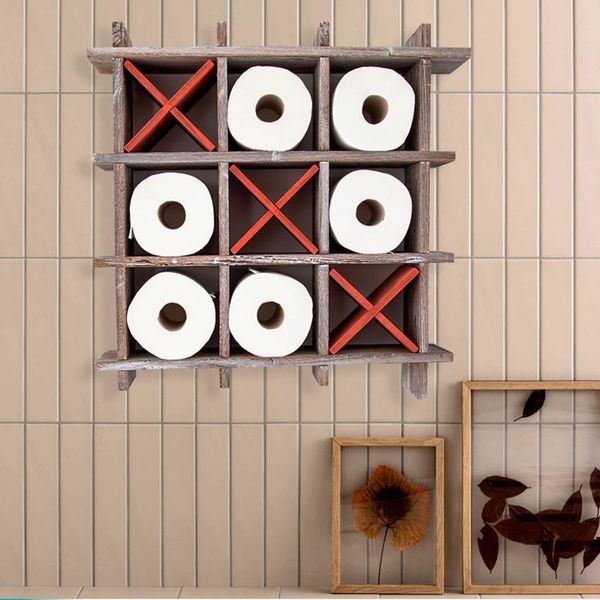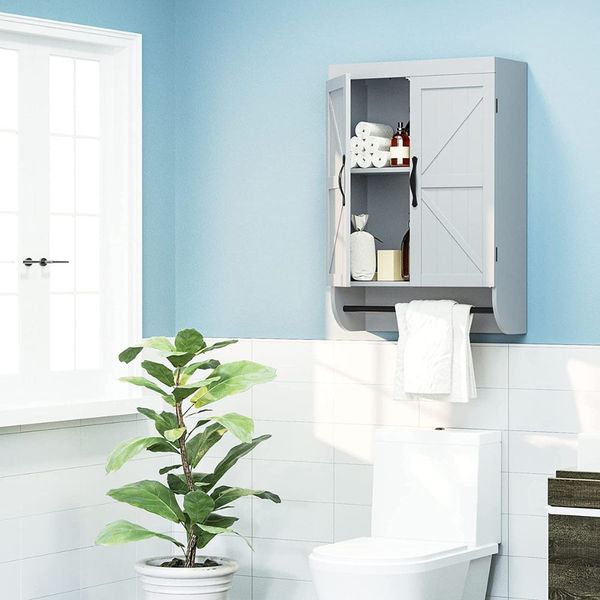If you've noticed small, dark bugs scurrying around your bathroom, chances are you have springtails. These pests are commonly found near sources of moisture, which is why they're often found in bathrooms, kitchens, and laundry rooms. Springtails aren't dangerous, but they can be a nuisance. Here's how to get rid of them.
Step 1
Locate the source of the problem. Springtails congregate near sources of moisture, so check for leaks under your sink, in your shower, and around your toilet. Fix any leaks you find and dry the areas completely.
Step 2
Eliminate their food source. Springtails feed on mold and mildew, so clean your bathroom thoroughly with a mold-killing cleaner. Pay special attention to areas where mold is likely to grow, such as the grout between your tiles and the caulking around your tub.
Step 3
Set up a trap. Fill a jar with sugar water or yeast and set it near the area where you've seen the most springtails. The pests will be attracted to the sweetness and will crawl into the jar, where they'll drown. Check the trap daily and empty it as needed.
Step 4
Use insecticide. If the previous steps haven't worked, you may need to resort to using an insecticide. Look for a product that contains pyrethrin or bifenthrin, and follow the instructions on the label carefully.
You can also try using diatomaceous earth, which is a natural substance made from the remains of diatoms, a type of algae.
It works by cutting into the springtails' bodies and causing them to dehydrate and die. Just be sure to use food-grade diatomaceous earth, as the kind used for pool filtration can be harmful if inhaled.
Do springtails come up drains?
Have you ever gone to take a shower only to find tiny black bugs coming up the drain? If so, chances are those bugs were springtails. While they’re harmless, springtails can be a nuisance if they make their way into your home in large numbers.
What Are Springtails?
Springtails are tiny insects that get their name from the fact that they can “spring” or jump up to six inches in the air. They’re dark-colored, wingless, and range in size from 1/16th to 1/8th of an inch in length. If you look closely, you may notice that springtails have a furcula (a forked appendage) sticking out from beneath their abdomen this is what helps them jump so high!
While springtails mostly live outside in damp areas like leaf litter, mulch, and rotting logs, they will sometimes enter homes in search of food or moisture. When they do, they tend to congregate near plumbing fixtures like showers, tubs, laundry sinks, and toilets because these areas are usually humid.
Are Springtails Harmful?
Springtails are not harmful to humans or animals and will not damage your home in any way. However, they can become a nuisance if they enter your home in large numbers because they will multiply quickly. Additionally, some people may have allergic reactions to springtails if they come into contact with them. If you experience any difficulty breathing or swelling after exposure to springtails, seek medical attention immediately.
How Can I Get Rid Of Springtails?
If you have a springtail infestation in your home, the first thing you should do is try to locate the source of moisture that is attracting them inside. Once you’ve found the source, address it accordingly for example, if there is a leaky pipe underneath your sink, have it repaired as soon as possible.
In addition to addressing the source of moisture, you can also get rid of springtails by Vacuuming them up or using adjusting the humidity levels in your home using a dehumidifier springtails thrive in moist environments so reducing the humidity in your home will make it less hospitable for them. You may also want to consider contacting a professional pest control company like A1 who can provide you with further assistance.
How do you find a springtail nest?
Springtails are small insects that thrive in humid environments. If you live in an area with a high populations of springtails, you may be wondering how to find their nests. Keep reading to learn more about these fascinating creatures and how to find their nests.
What are Springtails?
Springtails are tiny, wingless insects that get their name from the furcula, or tail-like appendage, located on their abdomens. This appendage helps them jump long distances - up to 50 times their body length - when they feel threatened. They are most commonly found near sources of moisture, such as wet leaves, rain puddles, and damp soil.
In addition to their furry tails, springtails have six legs and chewing mouthparts. They range in color from white to black and can be translucent or brightly colored. Some species of springtail even glow in the dark!
The Life Cycle of a Springtail
Springtails undergo incomplete metamorphosis, meaning they do not go through a larval stage like many other insects. Instead, they hatch from eggs as miniature adults. They will molt several times as they grow larger, until they reach maturity. Depending on the species, an adult springtail can live for anywhere from a few weeks to several years.
What Do Springtails Eat?
Springtails are omnivores and will eat just about anything - dead plants, algae, fungi, and even other small insects. In fact, they play an important role in the decomposition of organic matter. Some species of springtail even have symbiotic relationships with fungi, acting as "vectors" to help spread spores throughout their habitat.
Where Do Springtails Live?
As we mentioned earlier, springtails are often found near sources of moisture. This is because they require a moist environment in order to breathe; they lack the spiracles (openings on the sides of their abdomens) that many other insects use for gas exchange.
For this reason, you'll often find them near water sources such as ponds and streams. You might also find them in your own backyard if you have a garden or potted plants; simply turn over a damp leaf or piece of bark and see what scurries away!
Will baking soda kill springtails?
Baking Soda as an Insecticide
Baking soda can be used as an insecticide for a variety of pests, including springtails. When the baking soda comes into contact with the springtails, it will kill them. Baking soda works by absorbing the moisture from the insects' bodies, which causes them to dehydrate and die.
How to Use Baking Soda to Kill Springtails
There are a few different ways you can use baking soda to kill springtails. One way is to sprinkle it on the areas where you've seen the springtails. You can also leave out dishes filled with baking soda and water. The springtails will be attracted to the dish and will crawl in, at which point they'll drown.
Preventing Future Infestations
Once you've gotten rid of the springtails in your home, you'll want to take steps to prevent them from coming back. One way to do this is to keep your home clean and free of clutter. Springtails are attracted to moisture, so make sure to fix any leaks and keep your home well-ventilated. You should also vacuum regularly and avoid leaving food out where they can access it.
By taking these precautions, you can help keep your home springtail-free!
Conclusion
So there you have it! How to remove a bathroom vanity. We hope this article was helpful and that you are now able to tackle this project on your own (or with a little help from your friends). If you have any questions or comments, please let us know in the comments below. Happy remodeling!








